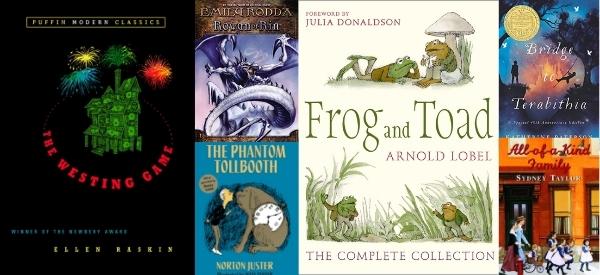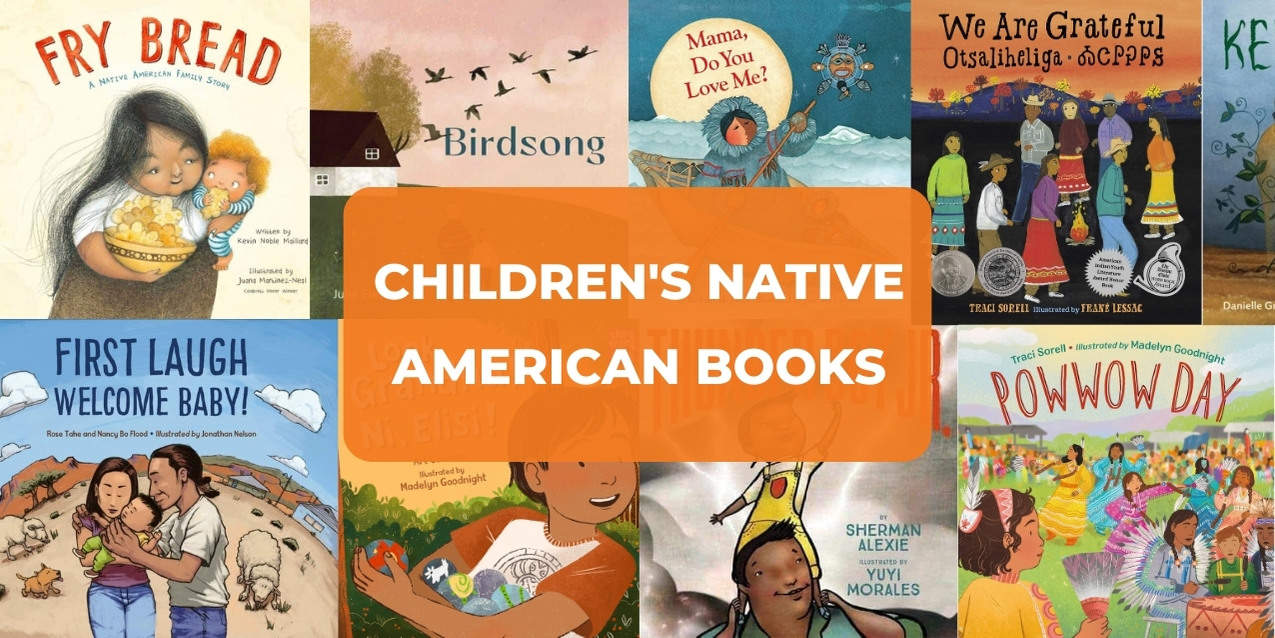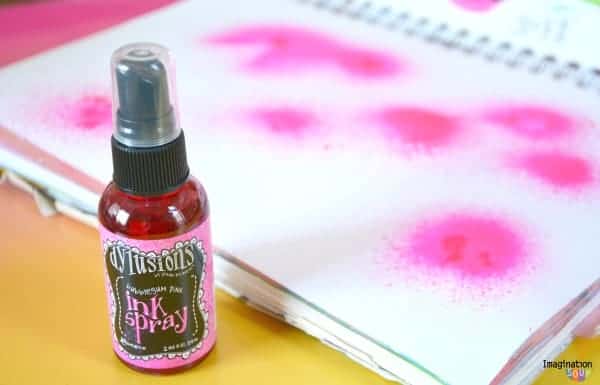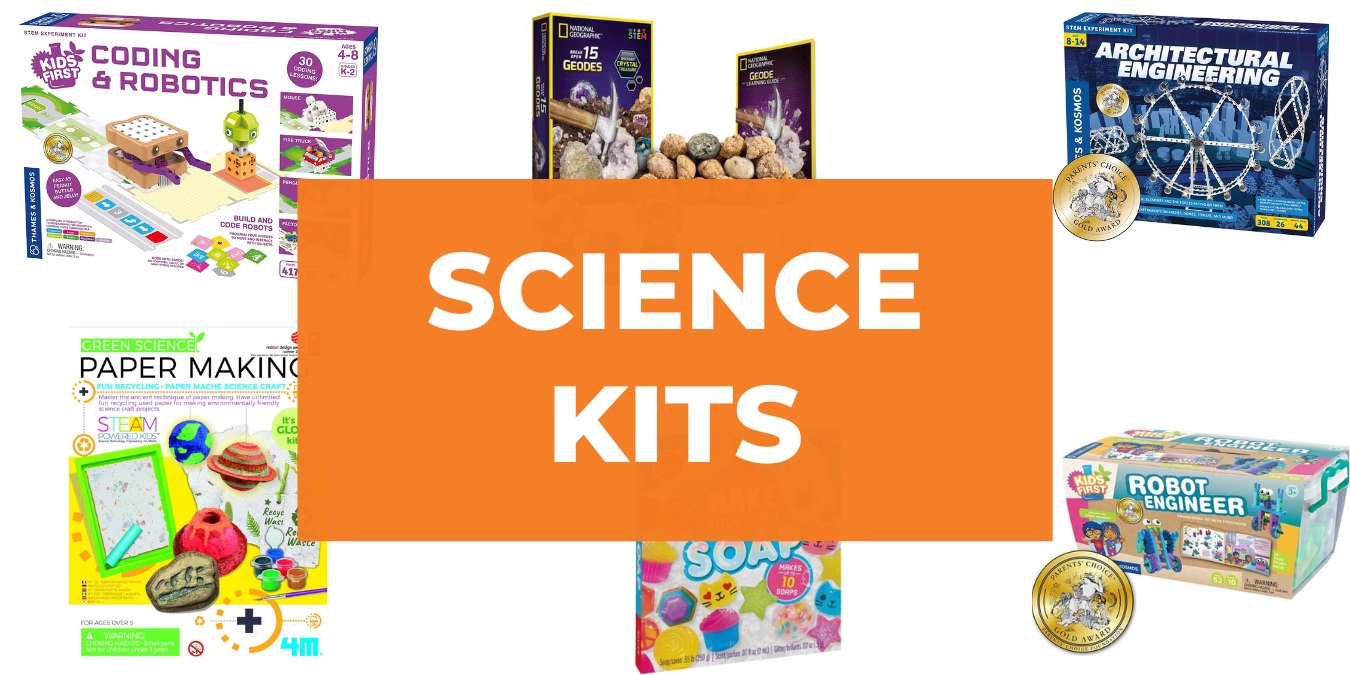Journaling With Children and Teens
This post may contain affiliate links.
Journaling With Children and Teens
Journaling with children and teens can be rewarding for so many reasons, including building fine motor skills, handwriting, and cognitive skills as well as boosting self-confidence and imagination. It can start at any age or stage, even as soon as they can hold a crayon! I started getting notebooks for my children to journal in when they were toddlers and would let them scribble on each page as much or as little as they wanted until the notebooks were full. We still have journaling time together, though we have added new aspects like creative writing. They still love to share their work, and I love seeing how much they and their journals have changed in the four years we’ve been journaling together. From dots and lines to detailed drawings and notes, it’s like a time capsule of their growth.
Journaling has so many benefits, no matter when you start. As toddlers and young children, they are able to work on their fine motor skills and also build that confidence and ownership of their work. When journaling with children and teens, they are further developing those same skills, while also honing in on their emotional lives. They can be exploring their artistic style, their emotions, or their ideas about the world. Or all of those things at once! They can better understand who they are as people and maybe even find a new skill or hobby, like writing stories or drawing pictures of birds. Journaling can help them to discover new things about themselves, and that is always beneficial.
Some tips for journaling with children and teens
- Make It An Event
Tweens and teens might want to journal in their own space on their own schedule, but you can still make it a fun event! Have special writing tools only used for journaling, yummy snacks, candles, music, a cozy journaling space, whatever floats their journaling boat! For younger kids, just having some fun writing/art supplies and a cool journal usually does the trick, but having scheduled time to journal can also help get everyone started. - Tools of the Trade
Buy inexpensive notebooks to start, especially for younger children. For kindergarten and up, I love handwriting practice notebooks that have the pages split into a blank space for drawing on the top and handwriting lines on the bottom. Older kids can choose whatever makes them happy, and most craft stores sell cute and inexpensive notebooks that make fantastic journals. As they grow in their practice, their supplies can too. Fancy notebooks, special gel pens, embellishments, and other fun materials can add to the experience, depending on what kind of journaling they want to do. - Different Techniques
When journaling with children and teens, finding out what they want from their journal is helpful. Do they want to create art, or write stories, or organize their lives? Would an art journal be best or are bullet journals their thing? Do they want lined paper for writing down all of their thoughts? What supplies would make journaling fun and easy for them? What do they need to make their journaling environment feel comfortable? Generally, when kids are involved in all of these conversations, they will take ownership of their journaling in a positive way. - Using Prompts
Using prompts can be a great way to jumpstart creativity! Things like: describe your favorite day, write down a dream you had, what was a great thing that happened this week? A not-so-great thing? Write an adventure story. You can even use prompts for art journals, like draw a picture of your ideal bedroom or create a brand-new animal. After you share the prompt, give everyone time to write or draw to their heart’s content. - Freedom
Make sure your kids feel free to write, draw, or do whatever they want in their journal, and that it is just for them. There are no mistakes and nothing will be graded. It is their private space, no one will read it unless invited. Journaling gives them a chance to express themselves in a comfortable and creative way. Any benefits like building fine-motor or handwriting skills don’t need to be pushed or corrected, they will happen on their own just through writing and drawing practice, even for the youngest journalers. Journaling is really about getting to know ourselves better, so it’s okay to just give them the time and space to truly enjoy it, that’s really the most important part. - Family Time
You can journal as a family, if that suits your life and schedule. Parents, teachers, and caregivers can use their own journal at the same time to help model a journaling practice. I’ll admit that sometimes I’m just doodling, making notes, or jotting down to-do lists, but it is still (mostly!) productive and shows my kids that I value journaling too.
Some Different Types of Journals
Bullet:
These are fun, colorful ways to organize your life. They usually revolve around a calendar, but can be about hopes and goals and may include mind mapping and other creative techniques. Tweens and teens might enjoy keeping their school and social lives organized this way, and they can also use some of the bullet journaling styles to keep their thoughts and feelings in order too. These are very vibrant journals and can follow whatever rules or systems that make sense for you.
Book recommendation:
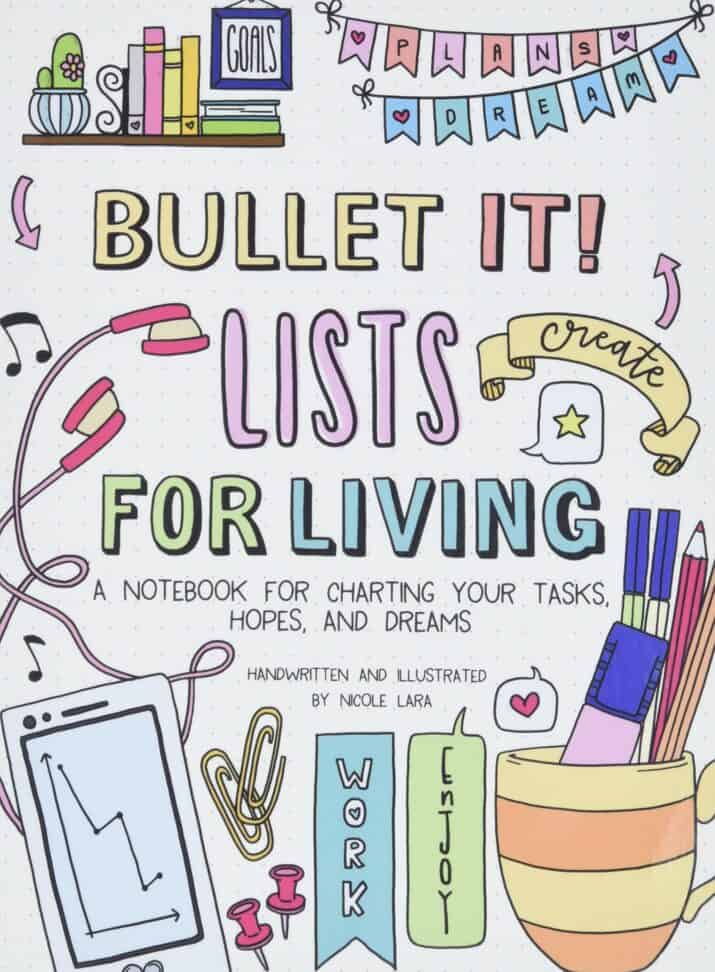
Bullet It! Lists for Living: A Notebook For Charting our Tasks by Nicole Lara
Nature:
These include both art and writing, usually, but can just be one of the other. Think of identification guides with a drawing or photo of an object and a written description about it. These are lovely for anyone who enjoys spending time outdoors and don’t require many special tools, usually a drawing notebook and a pen or colored pencils. (Spiral bound, unlined, with heavier-weighted paper work best.)
Books recommendation for families/teachers:
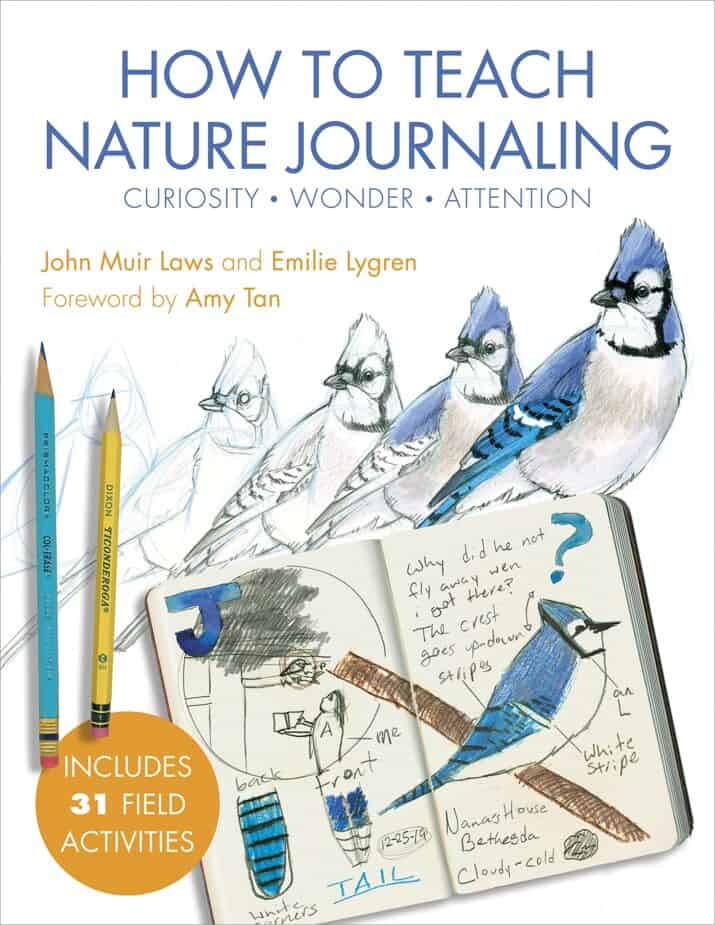
How To Teach Nature Journaling: Curiosity, Wonder, Attention by John Muir Laws and Emilie Lygren
Book recommendation for children:
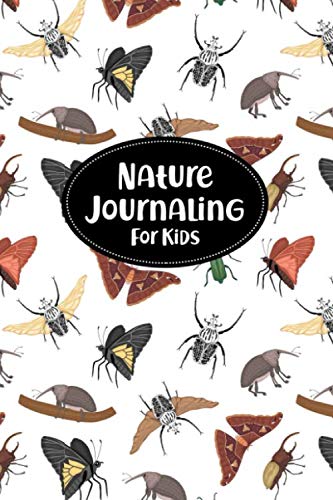
Nature Journaling For Kids by Matilda Boyd
Art:
These are for artistic types who might not want to write a lot, but have a lot to express. They can be such beautiful creations! Special pens, markers, paint, scissors, paper scraps, glue, embellishments, and whatever other art materials that feel good can all be gathered up before journaling time and then just let loose!
Book Recommendation for older kids/tweens/teens:
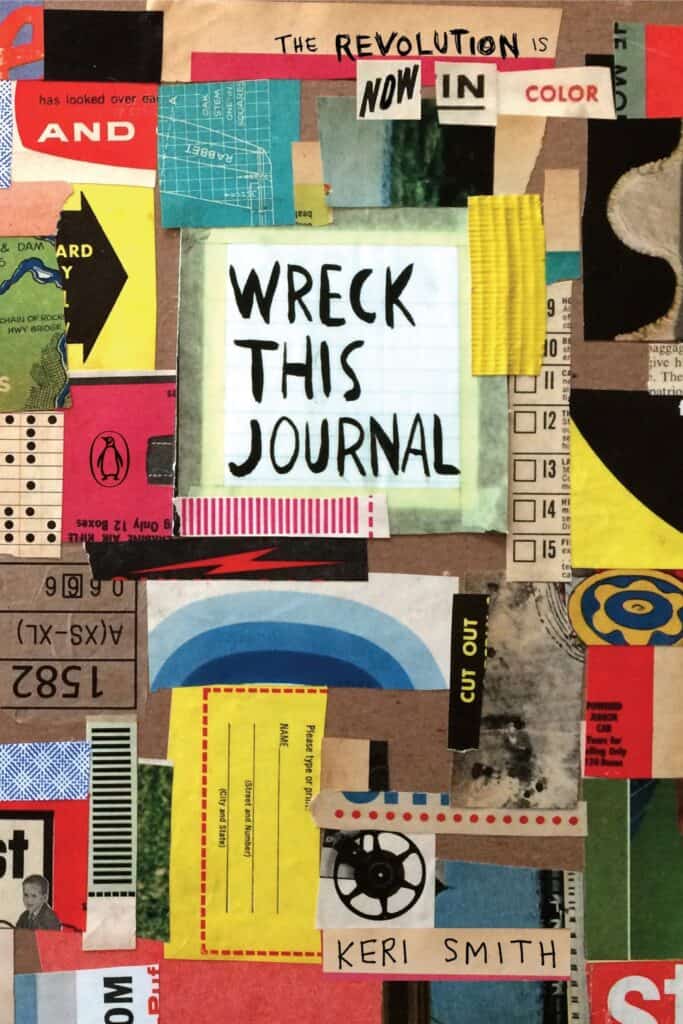
Wreck This Journal by Keri Smith
For younger children:

My Book of Beautiful Oops by Barney Saltzberg
(Make sure to remind young children that they can only write in this book!)
Creative Writing:
Just a lined notebook and a pen work for creative writing! Creative writing can be fictional stories or anything your imagination dreams up, there is no limit. Prompts can help with getting started, especially for younger children or kids who want to write but haven’t tried it yet.
Book recommendation for older children:
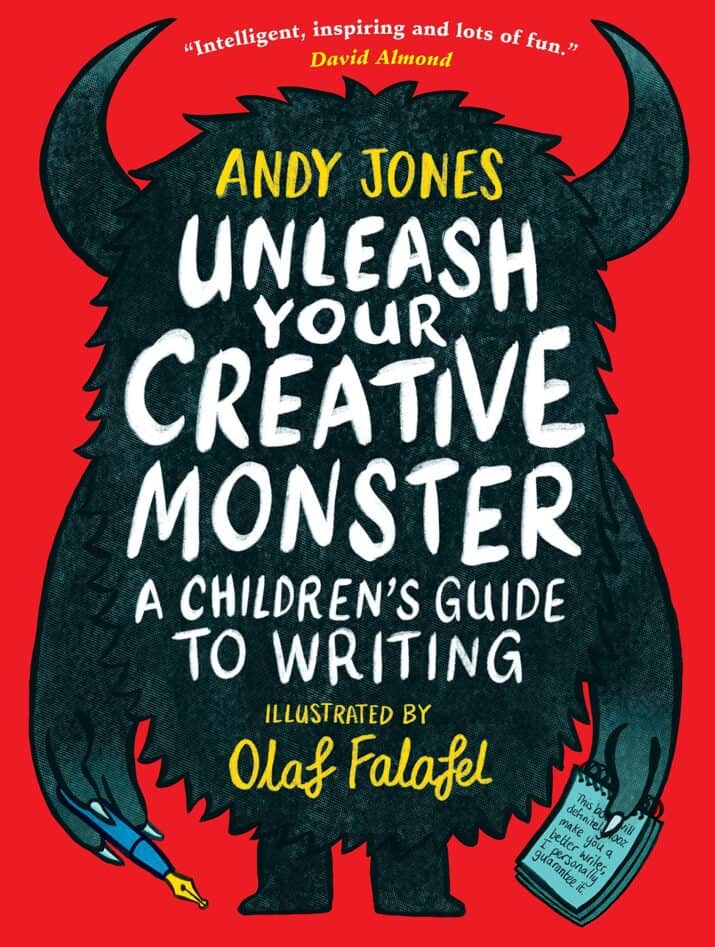
Unleash Your Creative Monster: A Children’s Guide To Writing by Andy Jones and Olaf Falafel
For young children:
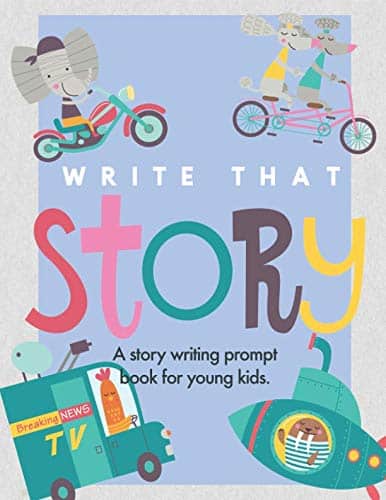
Write That Story!: A Story Writing Prompt Book For Young Kids by Jenily Publishing
For tweens/teens:

Spilling Ink: A Young Writer’s Handbook by Ellen Potter and Anne Mazer
Gratitude:
These are a lovely way to start a journaling practice for everyone, even kids who might be resistant to writing or drawing. You can do a very easy prompt, like what are you grateful for today, and spend about one- to five-minutes writing or drawing your answers. They are also said to help improve mood, so it can’t hurt to try!
Books recommendations for children:
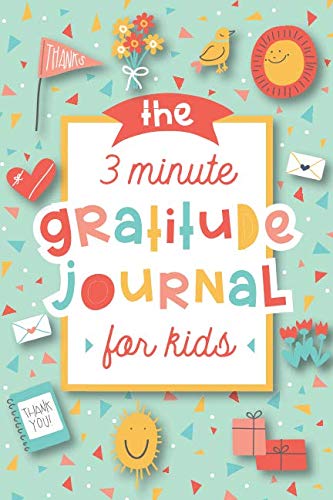
Three-Minute Gratitude Journal For Kids by Modern Kids Press
For tweens/teens:
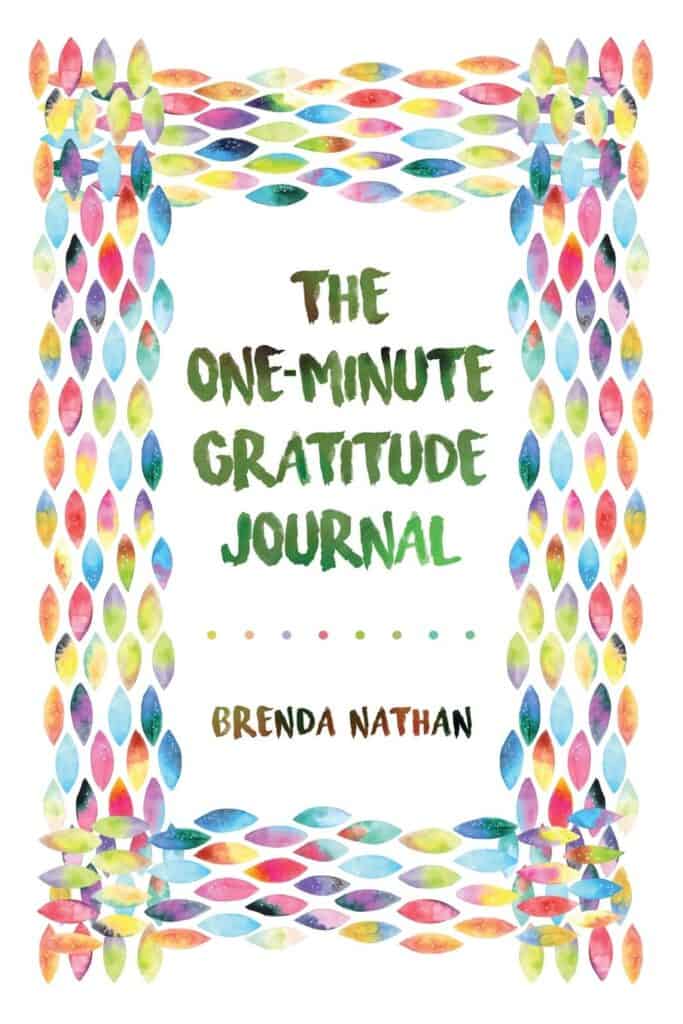
The One-Minute Gratitude Journal by Brenda Nathan
Free Writing:
The most traditional type, and what most people think of when thinking about journaling. It’s different from creative writing because this is really just writing down whatever comes up during journaling time. It is often timed, usually about ten minutes, where you are free to write down your thoughts, feelings, or anything else you want. It’s a good way to get to know yourself better.
Book recommendation for young children:

Me: A Compendium by Wee Society
Books for tweens and teens:
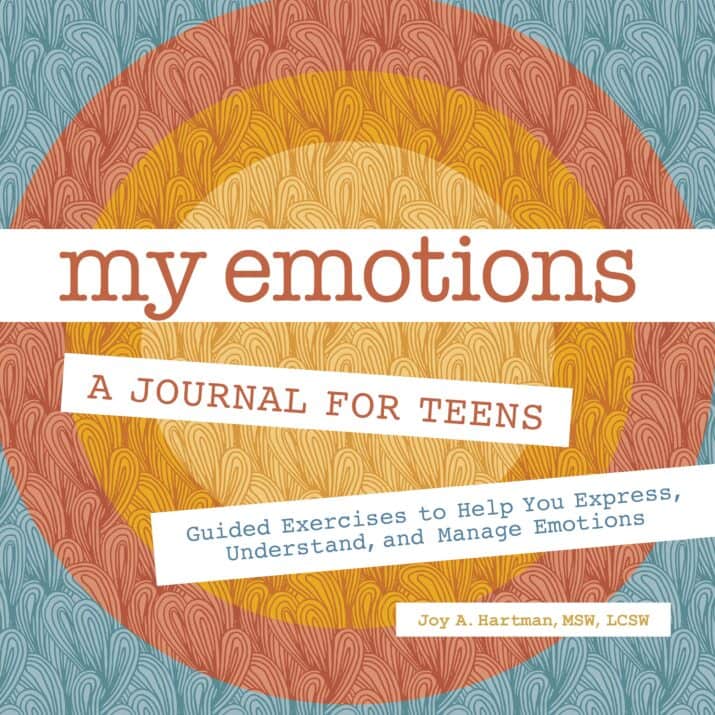
My Emotions: A Journal For Teens by Joy Hartman, MSW, LCSW
Mindfulness:
More structured than freewriting, a mindfulness practice can be so beneficial when journaling with children and teens. These kinds of journals are often recommended by therapists to help with emotions, like anxiety or anger, and to really begin a mindfulness practice that they can use for their whole lives.
Book recommendation for teens:
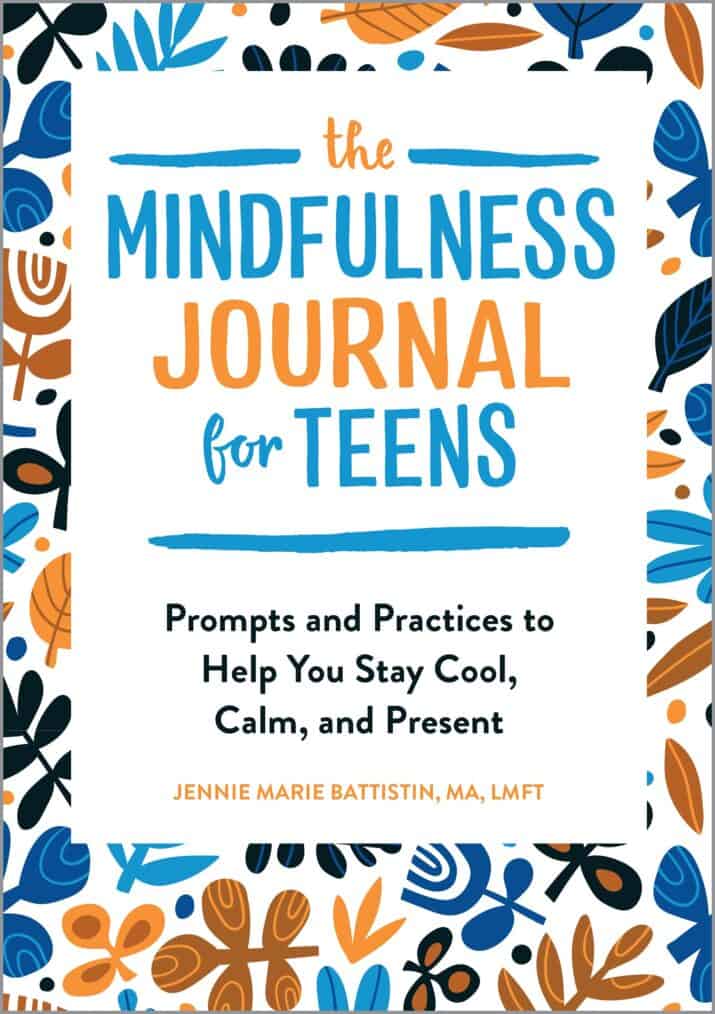
The Mindfulness Journal For Teens by Jennie Marie Battistin
Book recommendation for older children:
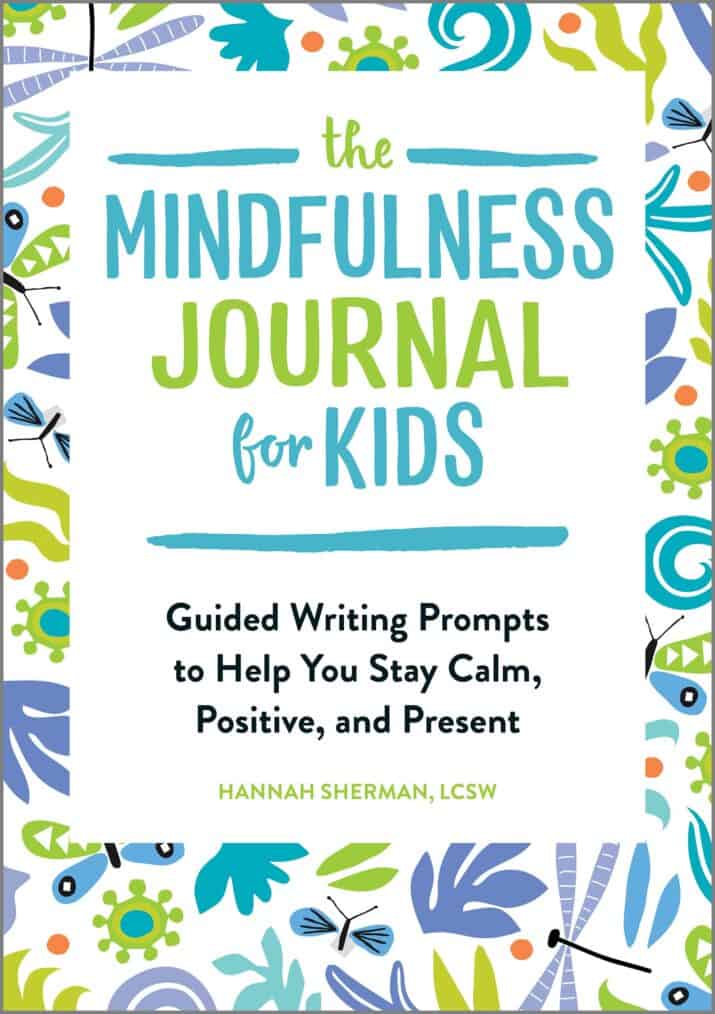
The Mindfulness Journal For Kids: Guided Writing Prompts to Help You Stay Calm, Positive, and Present by Hannah Sherman, LCSW
All Of The Above!:
Want a combination of all of these things? Or to try each one out? Go for it! Journaling can be whatever you want, and different on any given day.
Book for older children and tweens:
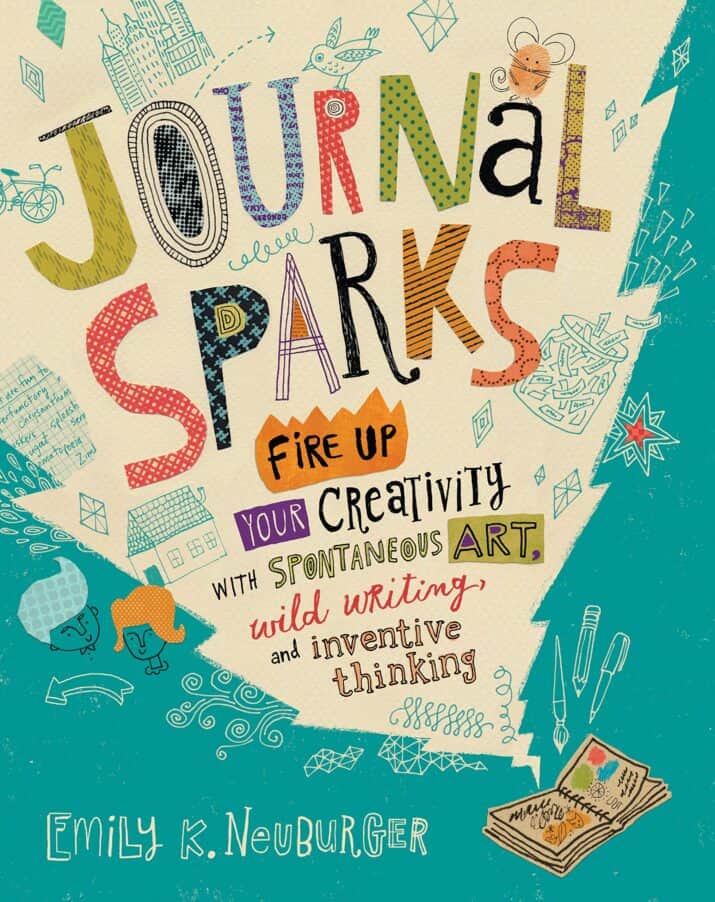
Journal Sparks: Fire Up Your Creativity with Spontaneous Art, Wild Writing, and Inventive Thinking by Emily K. Neuburger
Journaling with children and teens can be such a rewarding experience, even if you don’t get to share in their journal itself. Journaling is whatever you want it to be, and has so many benefits, from self-connection and introspection to skill-building and confidence-boosting. It can also be a creative family bonding time activity. So go ahead and get journaling!
About Meredith Bartolo Pappas
Meredith is a licensed teacher with almost twenty years of experience in education. Her specialties are holistic learning, early literacy, and social-emotional development. She is also a reading specialist, artist, and mom of two. She loves all things bookish, magical, and cozy. Find her at Sharing Circle Education sharingcircleeducation.com and on Instagram @sharingcircleeducation.

KEEP READING


